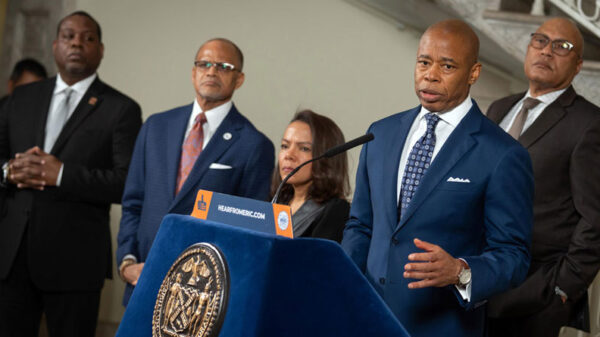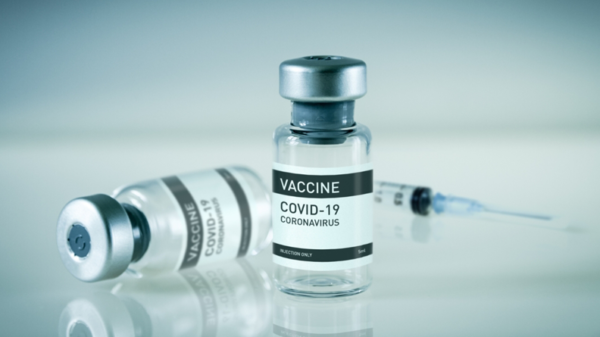Financial health is an important foundation that helps build strong and resilient households, communities and economies. Being financially healthy better prepares you for life’s unexpected expenses. The reality is, more than 50% of Americans across all income levels consider themselves financially unhealthy. That group includes many Black, Hispanic and Latino families in the U.S., who have less than 50 cents in assets for every dollar held by white families. Studies show that Black, Hispanic and Latino families also face the biggest gaps in access to banking and resources to help them manage their financial needs.
.
To help close the racial wealth gap, improve financial health and boost financial inclusion, Chase has hired 150 Community Managers to foster engagement in diverse communities. Community Managers host financial health workshops and community events, while developing close relationships with customers to help them achieve their financial goals.
Build a budget
It’s important to understand how much money is coming in and going out each month. Use online tools to help you track your savings and spending, and then break spending down into wants versus needs. Once you have an idea of where your money is going, it’s easier to make adjustments to your spending habits.
Start saving
Even the smallest amount matters because there’s never too little to start saving! To help initiate a savings habit or stick with it, make it automatic. For example, Chase offers Autosave, which allows customers to create repeating transfers from their checking to their savings, set specific goals and even track progress. It’s a good idea to put aside several months’ worth of living expenses because no one is immune from facing unexpected expenses. Having some savings can help prevent you from facing a significant financial strain when those situations happen.
Know your credit score
Your credit score is a number that represents a snapshot of your credit history, and lenders use it to help determine how likely you are to repay a loan in the future. The higher your credit score, the more competitive you’ll also be for lower interest rates on major purchases like a home or vehicle, helping you save over the life of your loan. You can find your credit score for free at annualcreditreport.com, which is an official U.S. government website. You can also get your score through your financial institutions or at www. chase.com/creditjourney.
Pay down debt
If you have a low credit score, pay down credit cards, and loan balances and make bill payments on time to improve your score.
Talk to your children
The gift of financial literacy is priceless. Encouraging confidence and financial independence starts with having the conversation at home. By including your children in basic financial discussions, they’ll learn early about budgeting and saving. You can extend these lessons by opening a bank account like Chase First Banking, a great teaching tool for kids ages 6 and older that comes with their own debit card and parental control.
As you think about your long-term financial goals – such as buying a new home or starting a business – you can see how financial literacy can better help you achieve them. Visit one of our branches to learn about the tools available to help you.






















































































